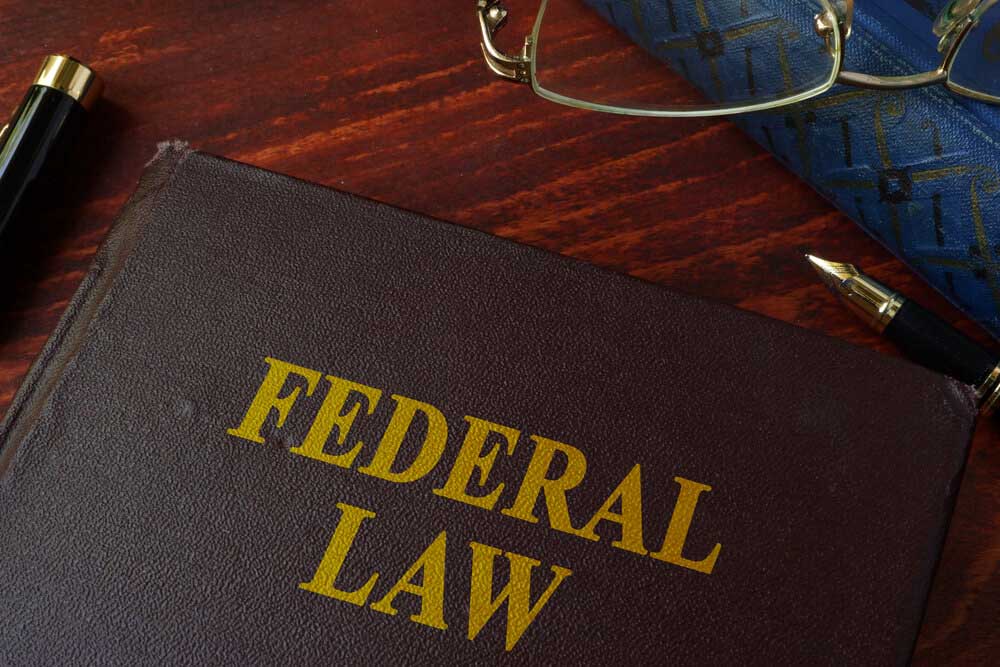On October 28th of 2003, Federal law implemented a new act under the 108th Congress of the United States – an act that would, with the day of its effect inception exactly a year later, completely revolutionize America’s everyday monetary policy and overall extending of funds. We are, of course, talking about The Check Clearing for the 21st Century Act, otherwise known as Check Act 21 or 21 Check Act. Let us briefly introduce you to this fund-extending policy and all its conveniences.
What is Check 21?
To fully grasp this act, it is important to understand its very aim. The Act itself makes the best use of related digital technologies, delivering checks through electronic transport by check truncation, or full elimination of paper checks from the money-extending process. Scanning both sides of paper checks, under a set of rules, creates a digital image, serving as a substitute for the original set.
In case a transaction needs to be completed by presenting a physical paper document, a substitute check is commonly used. This check replacement is a specifically formatted check redux, containing a downscaled scanned version of the check.Scanned images, rather than their physical copy counterparts, are then sent to chosen banking institutions for the procession and further bank-to-account money transferring.
As electronic processing and transferring is not a novelty in the United States economy for a long time, these checks are a reliable payment processing method, developed to be the utmost secure one, saving large amounts of money for the United States businesses and overall protecting the environment.
What Are Some Check 21 Rules and Regulations?
As standard paper check accounting operates along with some rules and regulations, electronic check clearing must be affected by some rules as well. It is important to keep the following info in mind:
- Posterior to getting your bank account statement, in case you still prefer receiving your canceled checks, you could be now receiving substitute checks – full physical reproduction of the original check, whether its initial form was physical or digital. When issued appropriately, it is the original check’s legitimate copy.
- Another reason for the introduction of the Act regards check bouncing and avoiding this as virtually possible. Thus, it is important to be careful regarding the transaction info you give or keep to yourself, to make sure its processing can be swift and with no room for error.
- A substitute check must state the following: “This is a legal copy of your check. You can use it the same way you would use the original check.” Overall inconveniences regarding the legality of the check are not often, but if they occur, the Check 21 normally applies a specific procedure to retrieve your funds.
- It is imperative to reach out to your banking institution as soon as possible in case of realizing something is wrong with your substitute check. It is also important to contact your bank within the period of 40 days from the moment of your bank’s providing of the substitute check.
Overall, by understanding Check 21 and its simple, yet extremely convenient and effective ways of extending funds, any business can benefit, especially if they issue large portions of checks each month and prefer their funds extended swiftly.
While there are a few rules and regulations to keep your transactions secure, check truncation fully removes paper checks from the process, including check delivering and postage. To know more about the way we handle your checks, we invite you to read more about our check printing and mailing services or to contact us for requesting a quote.
For further reading:
- FDIC’s Consumer Assistance and Information
- Federal Deposit Insurance Corporation’s Federal Reserve FAQ Brochure Regarding Check 21 Act






